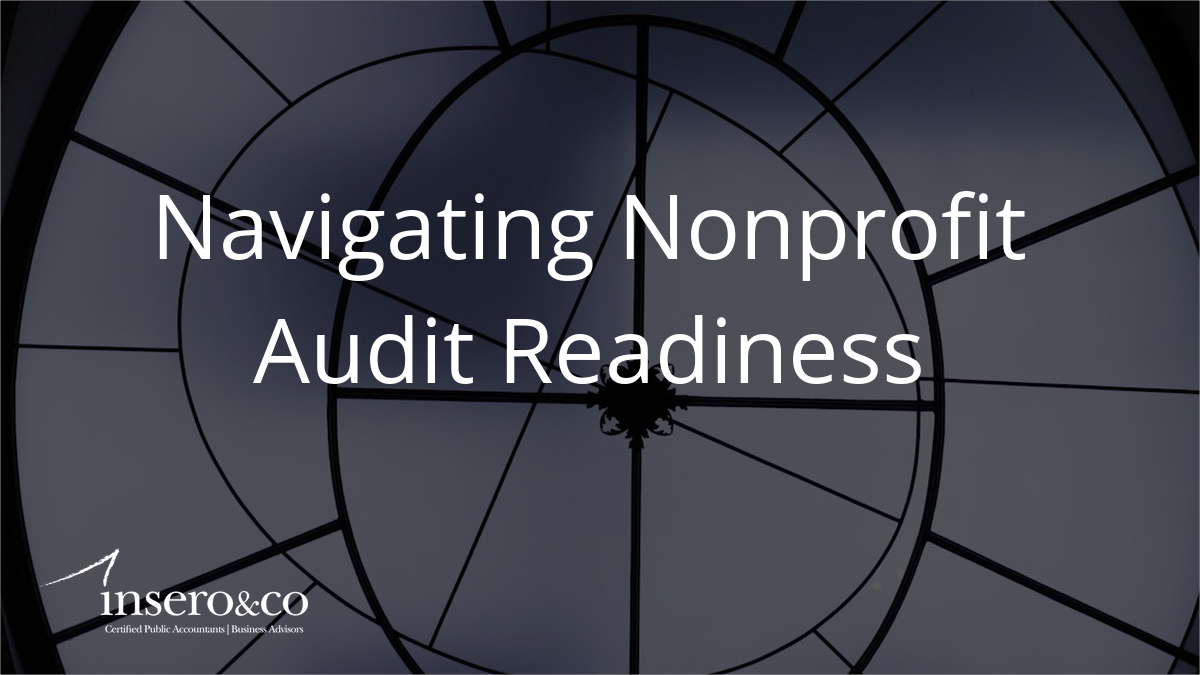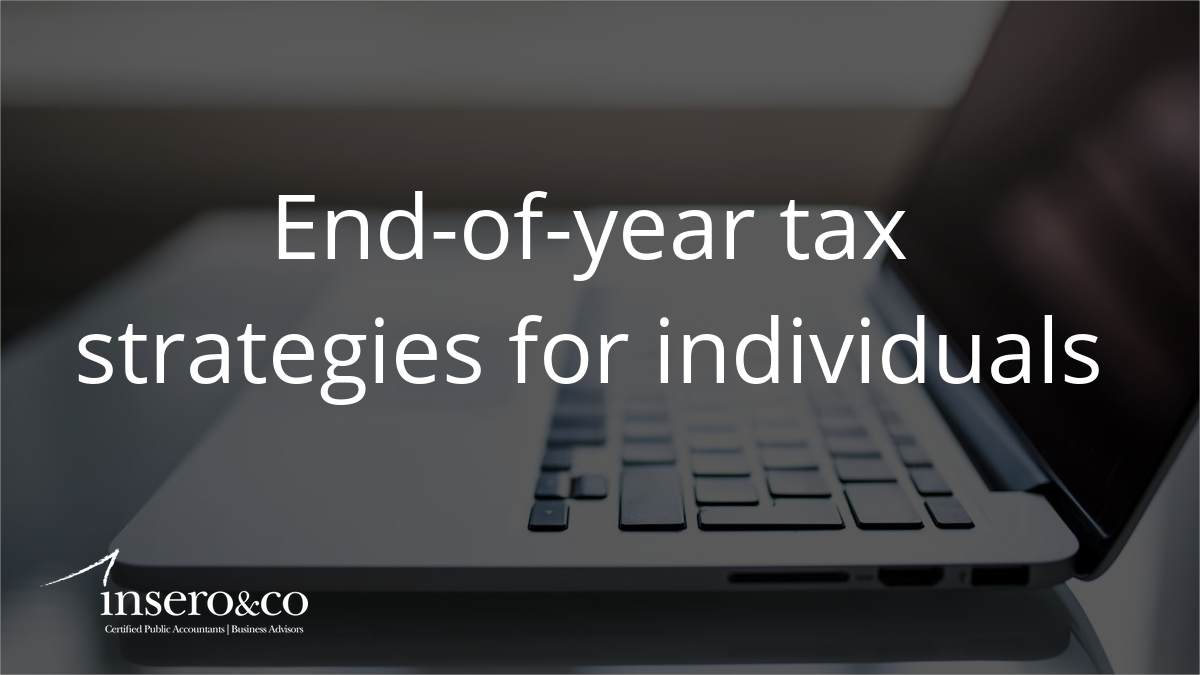Divided Supreme Court distinguishes between plan types
In the recent class action case of Thole v. U.S. Bank N.A., participants sued their employer on grounds of steep investment losses caused by mismanagement of the company’s defined benefit (DB) pension fund. The U.S. Supreme Court ruled against the plaintiffs, however, finding they lacked standing (authority) under ERISA to sue. Why? Because, win or lose, they’d receive the same monthly benefits to which they were already entitled.
The facts
The plaintiffs were retired participants in the defendant’s DB retirement plan, which guarantees them a fixed monthly payment regardless of the plan’s value or its fiduciaries’ good or bad investment decisions. Both had been paid all their monthly pension benefits and were legally and contractually entitled to those payments for the rest of their lives.
Nevertheless, they filed a class-action suit, alleging that the defendants violated ERISA’s duties of loyalty and prudence by poorly investing the plan’s assets. The plaintiffs sought:
- Removal of plan trustees,
- Restoration of $750 million in plan investment losses to the fund because of the alleged mismanagement, and
- Attorneys’ fees.
A district court dismissed the case, and the U.S. Court of Appeals for the Eighth Circuit affirmed on the ground that the plaintiffs lacked standing.
Theory of injury
The Supreme Court’s majority ruling explicitly distinguished the vulnerability of DB plan participants to fiduciary breaches involving investments vs. that of defined contribution (DC) plan participants. Unlike DC plan participants, DB plan participants “possess no equitable property interest in the plan.”
The plaintiffs had argued that, if plan fiduciaries are found to have been negligent, plan beneficiaries have sufficient grounds to file a case and prevail in litigation, even without having sustained a direct financial injury at the time of the litigation. Previous court rulings supported the proposition that beneficiaries have a “concrete interest” in the loyalty and prudence of fiduciaries, even absent an immediate adverse impact of poor decisions. Nonetheless, the Court ruled against the plaintiffs. The dissent argued that the majority ignored precedent (prior Supreme Court case law) in holding that the plan beneficiaries had no recourse.
Legal observers believe the ruling may encourage plan sponsors defending themselves from litigation to pay closer attention to the plaintiffs’ “theory of injury.” In an analysis of the case, one law firm suggested that it may presage “increased scrutiny by the Supreme Court of more nuanced and non-monetary theories of injury and standing.”
Unanswered questions
The Court didn’t directly address whether DB plan participants “have standing to sue if the plan’s mismanagement was so egregious that it substantially increased the risk that the plan and the employer would fail and be unable to pay the participants’ future benefits.” According to the Court, the plaintiffs failed to assert that theory of standing and didn’t allege that level of mismanagement.
As always, we hope you enjoy this edition of our newsletter and we look forward to receiving your feedback. Should you have any questions regarding the information contained in the attached materials or our Employee Benefit Plan Services, please feel free to contact me directly.
Want to learn more?
Join our Employee Benefit Plan Resources group on LinkedIn for more frequent updates on recent developments and best practices and discuss related topics with your peers.




